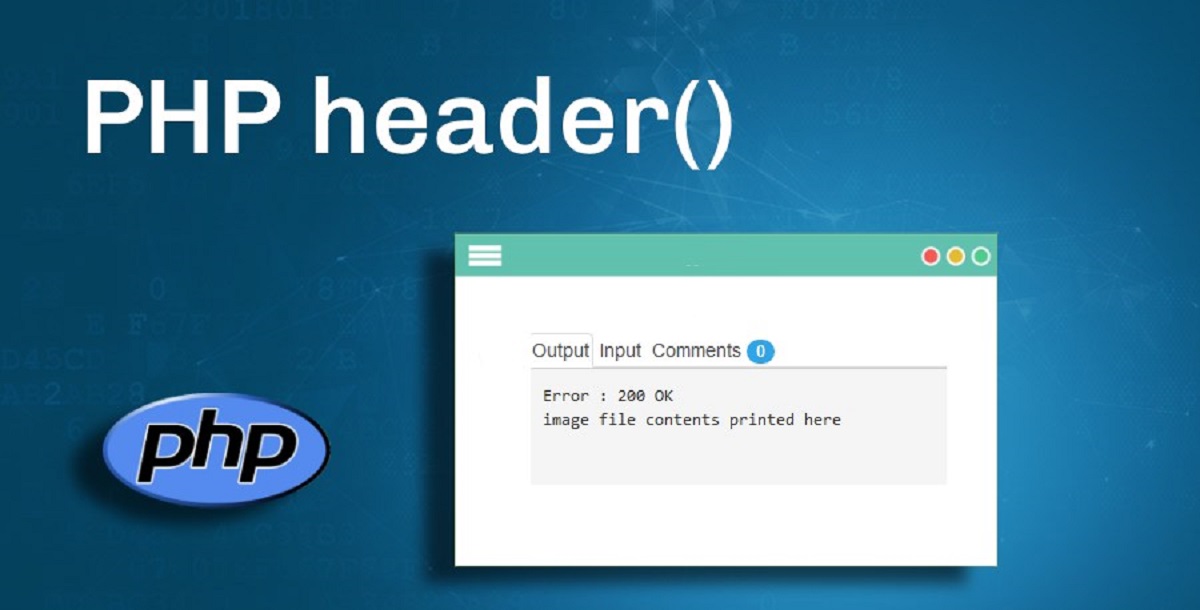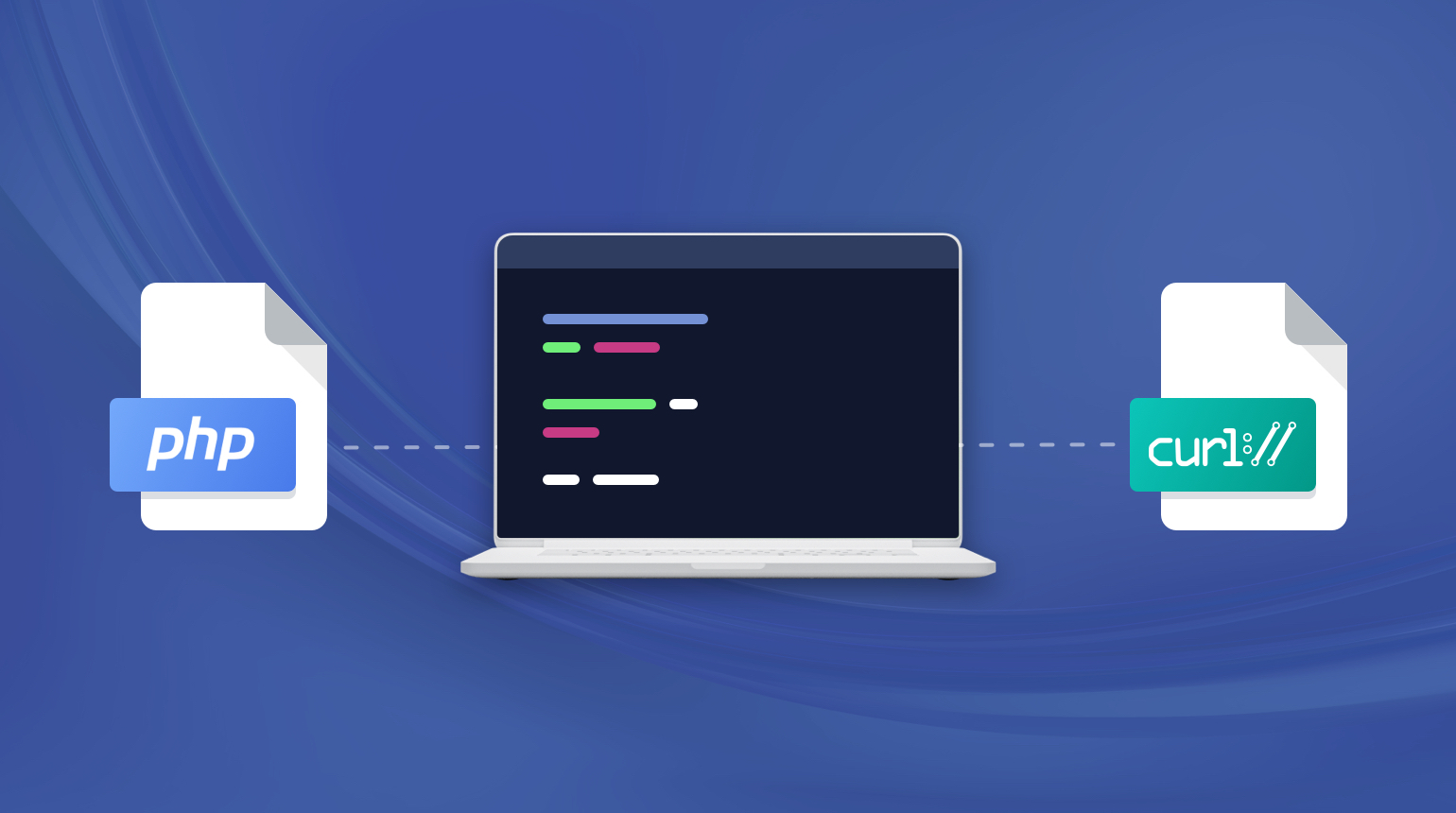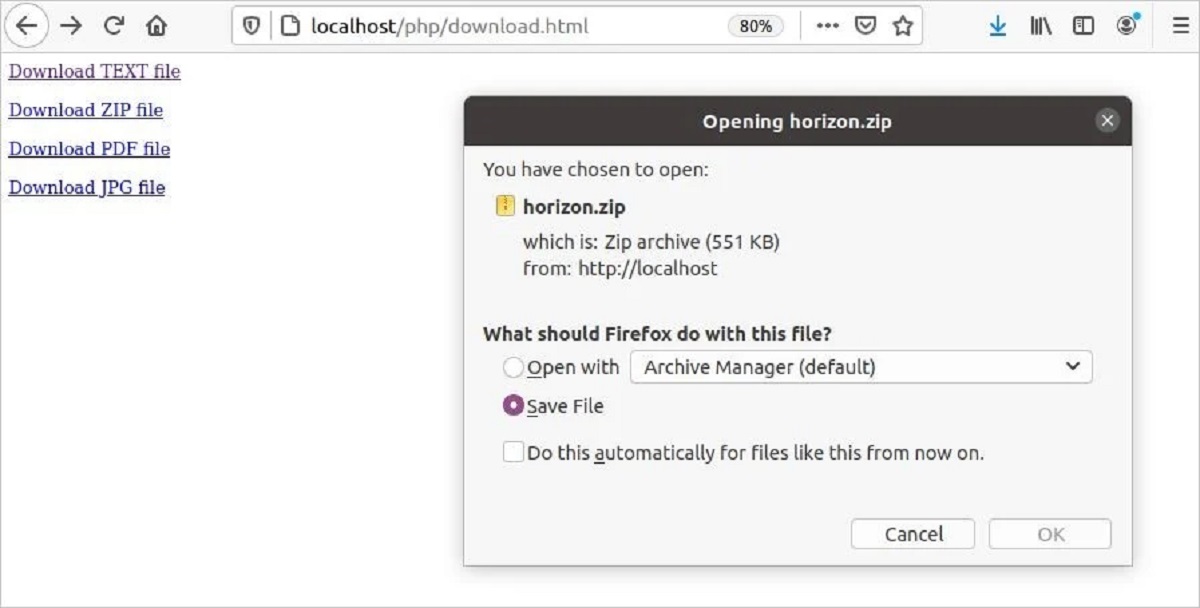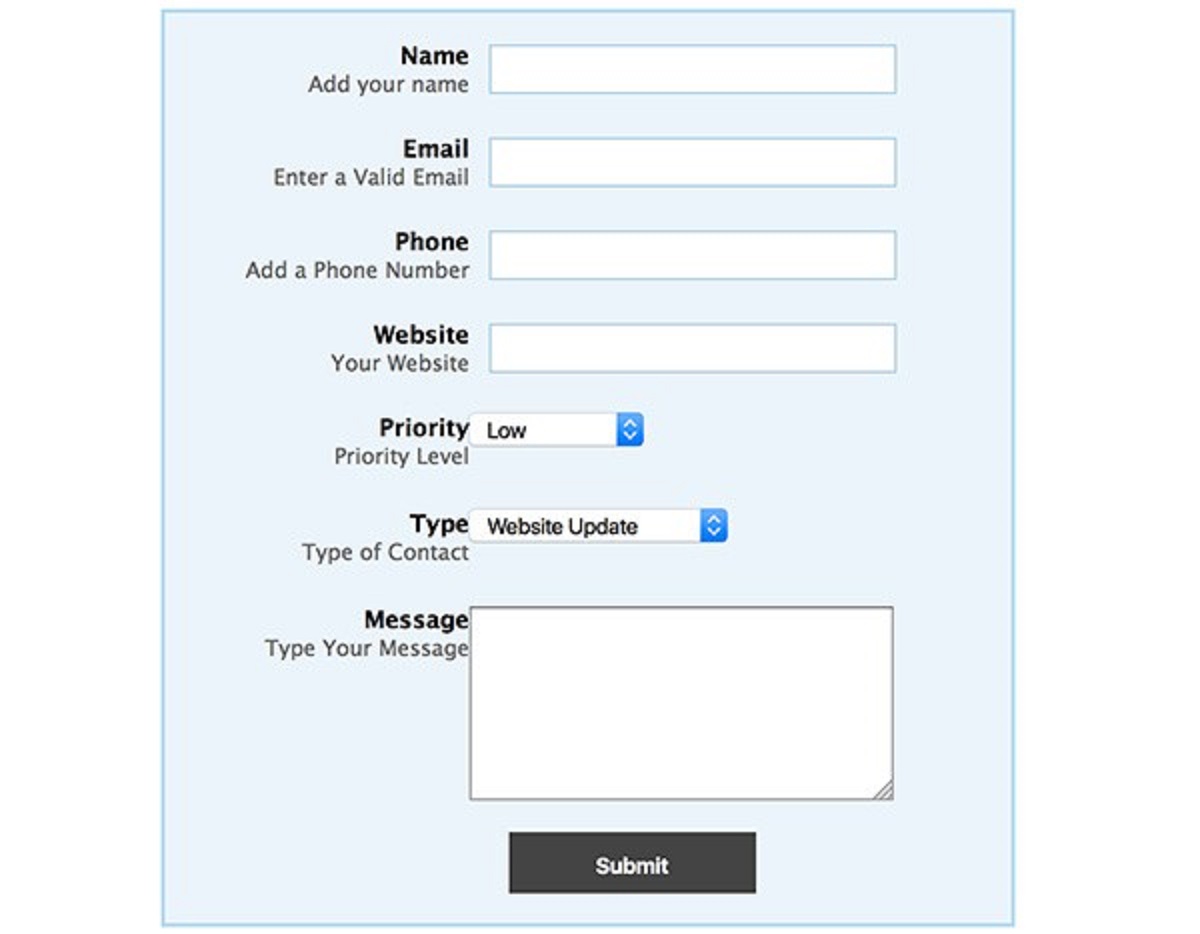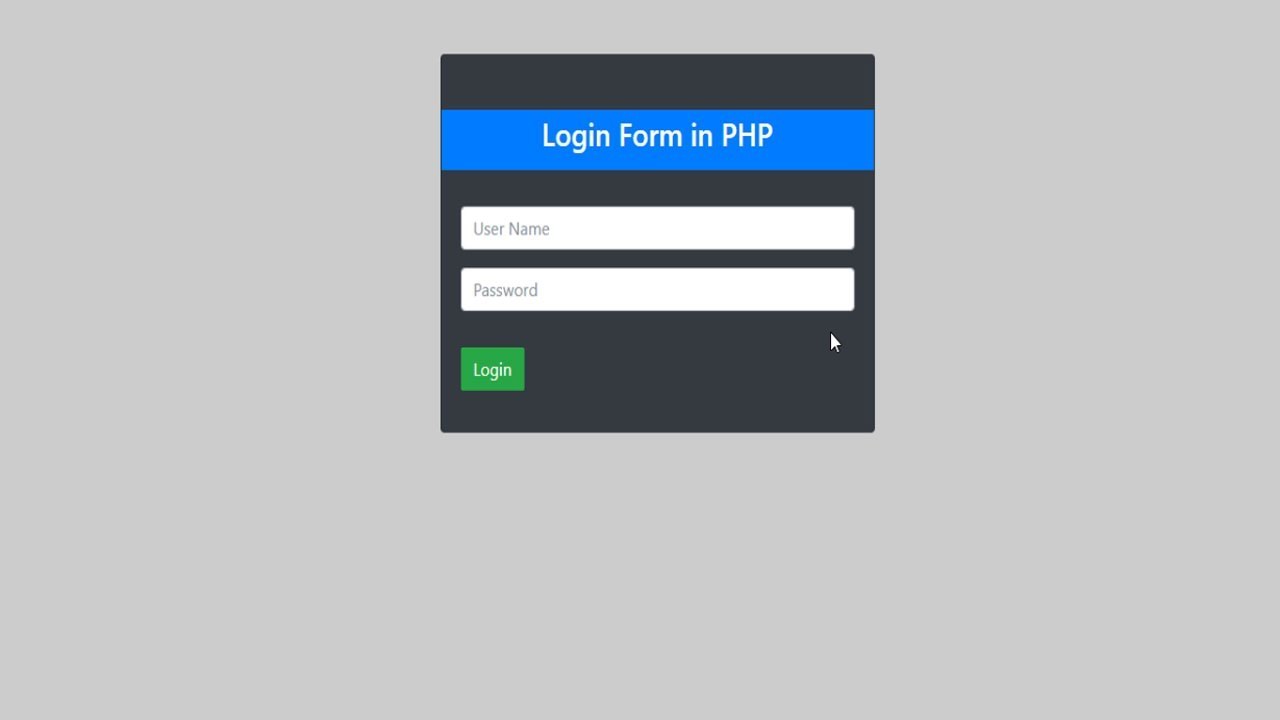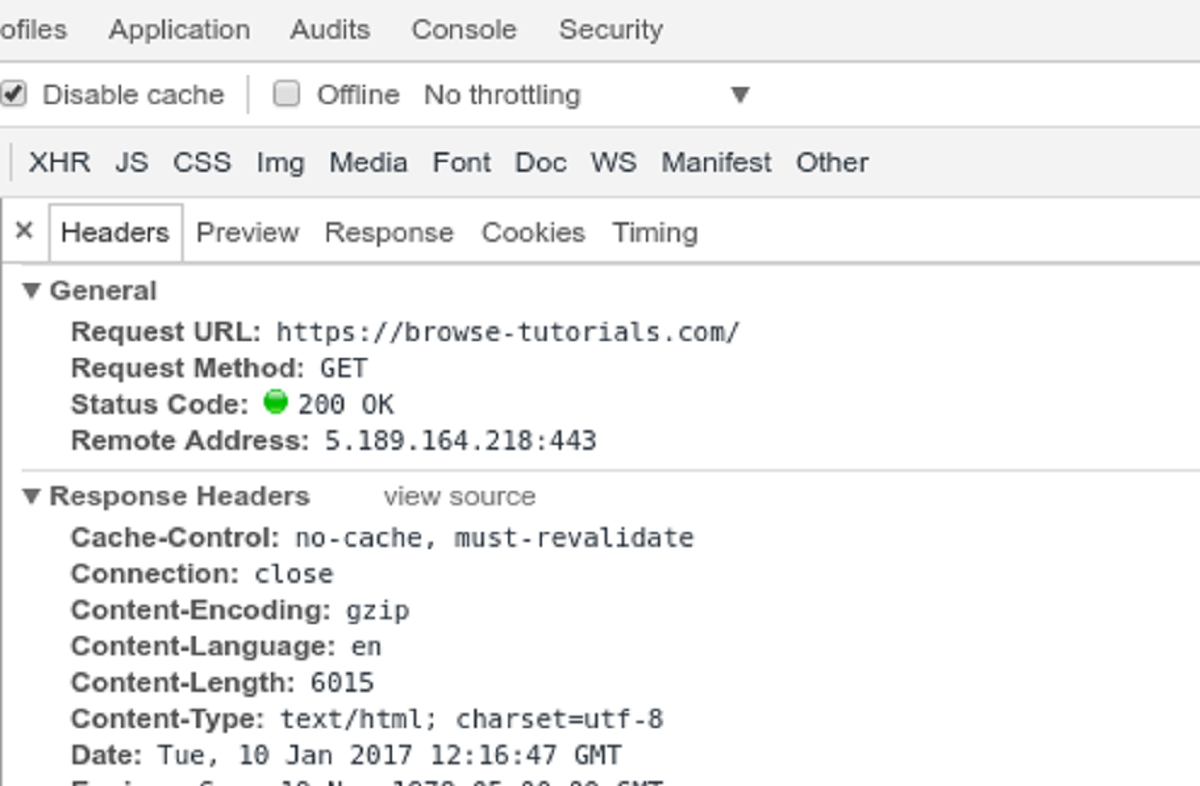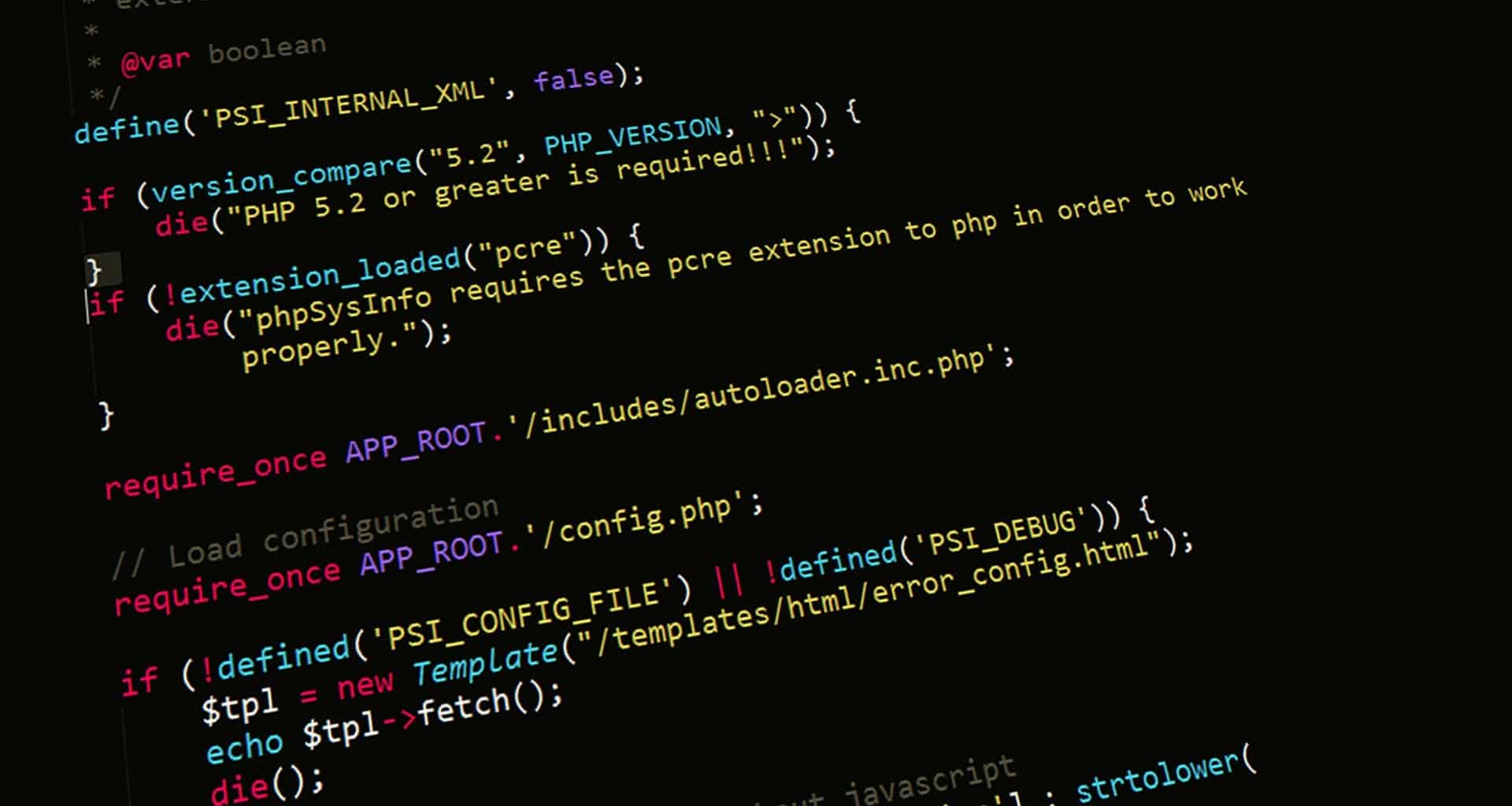Introduction
Welcome to the world of PHP programming! If you’re a beginner or an experienced developer, you might have come across a function called “header” in PHP. The header function is one of PHP’s powerful features that allows you to control various aspects of HTTP headers in your web applications. Understanding how to effectively use the header function can greatly enhance your website’s functionality and user experience.
In this article, we will explore the header function in PHP and discuss its different use cases. We will cover topics such as sending basic HTTP headers, redirecting users to another page, setting custom HTTP headers, setting cookies, and preventing caching of pages. By the end of this article, you will have a solid understanding of how to utilize the header function to its full potential.
Before diving into the specific use cases, it’s important to understand the purpose of HTTP headers. HTTP headers are additional information sent along with the request or response between the client (usually a web browser) and the server. They provide metadata and instructions for how the browser and server should handle the request and response.
With PHP’s header function, you have the ability to modify HTTP headers and control various aspects of the communication between the client and server. This can be extremely useful when it comes to managing redirects, setting custom headers like content type or language, sending cookies to the client, and preventing caching of pages.
Now that we have a basic understanding of what the header function does and its importance in web development, let’s dive into the different use cases and learn how to leverage this powerful function in PHP. So, let’s get started with sending basic HTTP headers!
What is the Header Function in PHP?
In PHP, the header function is a built-in function that allows you to send HTTP headers to the client browser. These headers provide instructions to the browser on how to handle the response from the server.
By utilizing the header function, you can control various aspects of the HTTP communication, such as setting the response status code, redirecting the user to another page, setting custom HTTP headers, or sending cookies to the client.
One of the primary use cases of the header function is to send basic HTTP headers. These headers inform the browser about the nature of the response that is being sent. For example, you can use the header function to set the content type of the response to “text/html” or “application/json”. This ensures that the browser knows how to interpret the response and display it correctly to the user.
Another common use case is redirecting the user to another page. By setting the “Location” header using the header function, you can instruct the browser to redirect the user to a different URL. This is useful when you want to redirect users after a successful login or when a page has been moved permanently.
With the header function, you can also set custom HTTP headers. These headers can be used to provide additional information or instructions to the browser. For example, you can set the “Content-Disposition” header to prompt the browser to download a file rather than displaying it in the browser window.
The header function also allows you to set cookies in the client’s browser. Cookies are small pieces of data stored by the browser and sent back to the server with subsequent requests. By setting cookies using the header function, you can store user-specific information or session data that persists across multiple requests.
Lastly, the header function can be used to prevent caching of pages. By setting appropriate cache-control headers, you can ensure that the browser always requests the latest version of your web page from the server instead of serving a cached version.
Overall, the header function in PHP plays a crucial role in controlling and manipulating HTTP headers, allowing you to enhance the functionality and user experience of your web applications. Now that we have a grasp of what the header function is and its capabilities, let’s explore how to use it in different scenarios.
How to Use the Header Function in PHP
Using the header function in PHP is quite straightforward. It generally follows the syntax: header("header-name: header-value");. Let’s explore the different use cases and see how to effectively utilize the header function.
- Sending a Basic HTTP Header: To send a basic HTTP header, you need to specify the header name and its corresponding value. For example, to set the content type to “text/html”, you can use
header("Content-Type: text/html");. This ensures that the browser interprets the response as HTML and renders it correctly. - Redirecting the User to Another Page: If you want to redirect the user to another page, you can use the
Locationheader. For example,header("Location: http://example.com");will redirect the user to the specified URL. It is important to note that theLocationheader should be used before any HTML or whitespace output. - Setting Custom HTTP Headers: The header function allows you to set custom headers by specifying the header name and value. For instance,
header("X-Custom-Header: Custom Value");will set a custom header named “X-Custom-Header” with the value “Custom Value”. This can be useful for passing custom information or instructions to the browser. - Setting Cookies: To set cookies in the client’s browser, you can use the
Set-Cookieheader. For example,header("Set-Cookie: name=value; expires=Thu, 31 Dec 2025 23:59:59 GMT; path=/");will set a cookie with the name “name” and the value “value”. You can also specify the expiration date and path of the cookie. - Preventing Caching of Pages: To prevent pages from being cached by the browser, you can use cache-control headers. For example,
header("Cache-Control: no-store, no-cache, must-revalidate");tells the browser not to store or cache the page. This ensures that the browser always requests the latest version of the page from the server.
Remember, when using the header function, it is crucial to call it before any output is sent to the browser. Any output before calling the header function will result in a warning or error. Additionally, ensure that there are no spaces or empty lines before or after the PHP opening and closing tags to prevent any unwanted output.
Now that you understand how to use the header function in PHP, you can implement it in your web applications to control various aspects of HTTP headers and provide a better user experience. Let’s move on to the next section where we will delve into specific use cases and demonstrate how to apply the header function effectively.
Sending a Basic HTTP Header
One of the most common use cases of the header function in PHP is to send basic HTTP headers. These headers convey important information to the browser about the nature of the response being sent. To send a basic HTTP header, you need to specify the header name and its corresponding value using the header function.
An example of sending a basic HTTP header is setting the Content-Type header. The Content-Type header tells the browser what type of content is being served. For instance, if you are sending an HTML response, you can set the Content-Type header to text/html like this:
header(“Content-Type: text/html”);
This ensures that the browser correctly interprets the response as HTML and renders it accordingly. Similarly, if you are serving JSON data, you can set the Content-Type header to application/json:
header(“Content-Type: application/json”);
By setting the appropriate Content-Type header, you ensure that the browser handles the response correctly, whether it’s HTML, JSON, XML, or any other type of content.
In addition to the Content-Type header, there are other commonly used basic HTTP headers, such as the Content-Length header and the Expires header. The Content-Length header specifies the size of the response in bytes, which can be useful for handling large responses or for tracking the progress of a file download. Here’s an example:
header(“Content-Length: 1024”);
The Expires header indicates the expiration date and time of the response. By setting an appropriate expiration date in the past, you can ensure that the browser always requests the latest version of the resource from the server. Here’s an example:
header(“Expires: Thu, 01 Jan 1970 00:00:00 GMT”);
Sending basic HTTP headers is essential for proper communication between the server and the browser. By using the header function in PHP, you can easily set these headers and ensure that the browser handles the response correctly. In the next sections, we will explore other use cases of the header function, including redirecting users, setting custom HTTP headers, managing cookies, and preventing caching of pages.
Redirecting the User to Another Page
Another powerful use of the header function in PHP is to redirect the user to another page. Redirects are commonly used for various scenarios such as after successful form submissions, when users need to be authenticated, or when a page has permanently moved to a new URL. By setting the Location header using the header function, you can instruct the browser to automatically navigate to the specified URL.
To redirect the user, you need to use the Location header and provide the destination URL. Here’s an example of how to redirect the user to the homepage:
header(“Location: https://example.com”);
The browser will receive this header and automatically redirect the user to the specified URL. It’s important to note that the Location header must be set before any other content or output is sent to the browser, including HTML, whitespace, or other headers.
Additionally, it’s considered good practice to include an HTTP status code along with the Location header. The most commonly used status code for redirects is 302 Found, which indicates a temporary redirect. You can specify the status code by sending the header with the Location header like this:
header(“HTTP/1.1 302 Found”);
header(“Location: https://example.com”);
It’s worth mentioning that if you’re performing a permanent redirect (when a page has permanently moved to a new location), you should use the status code 301 Moved Permanently instead. This informs the browser and search engines that the page has been permanently moved and should update their records accordingly.
header(“HTTP/1.1 301 Moved Permanently”);
header(“Location: https://example.com/new-url”);
Redirecting users can greatly improve the user experience and guide them to the appropriate pages. However, it’s important to use redirects judiciously and consider their impact on search engine optimization and user experience. Always ensure that redirects are necessary and provide clear and useful information to the user.
In the next section, we will explore how to set custom HTTP headers using the header function in PHP, allowing you to convey additional information or instructions to the browser.
Setting Custom HTTP Headers
Aside from the standard HTTP headers like Content-Type and Location, the header function in PHP also allows you to set custom HTTP headers. These headers can be used to provide additional information or instructions to the browser beyond the default headers.
To set a custom HTTP header, you need to specify the header name and value using the header function. Here’s an example:
header(“X-Custom-Header: Custom Value”);
In this example, we set a custom header named X-Custom-Header with the value Custom Value. This custom header can be used to convey specific information or instructions to the browser, which can then be interpreted and utilized as needed.
Custom HTTP headers can be beneficial in various scenarios. For instance, you may want to specify a specific language for the content, define a custom authentication mechanism, or communicate application-specific data to the client.
It’s worth noting that when setting custom headers, you should ensure that the header names follow the HTTP specification and any applicable standards for the specific use case. Additionally, be aware that some headers may be restricted or controlled by the browser for security reasons.
By efficiently utilizing custom HTTP headers, you can extend the functionality of your web application and provide additional context or instructions to the browser. In the next section, we will explore how to set cookies using the header function in PHP.
Setting Cookies
The header function in PHP also allows you to set cookies in the client’s browser. Cookies are small pieces of data that are stored by the browser and sent back to the server with subsequent requests. They are commonly used for session management, user personalization, and tracking user behavior.
To set a cookie using the header function, you need to use the Set-Cookie header followed by the cookie name, value, and any additional options. Here’s an example:
header(“Set-Cookie: name=value; expires=Thu, 31 Dec 2025 23:59:59 GMT; path=/”);
In this example, we set a cookie with the name name and the value value. Additionally, we set the cookie to expire on December 31, 2025, at 23:59:59 GMT, and specify that the cookie should be accessible across all paths on the domain.
You can also set other options for cookies, such as the domain, secure flag for using cookies over HTTPS, and the same-site policy to restrict cookie sharing. These options can be included as part of the Set-Cookie header.
Setting cookies allows you to store and retrieve user-specific information on subsequent requests. This can be used, for example, to maintain a user’s session state, save user preferences, or personalize their browsing experience.
It’s important to note that the Set-Cookie header should be sent before any output is generated, including HTML, whitespace, or other headers. Any output before setting the cookie will result in an error.
Keep in mind that cookies can pose security and privacy concerns, so it’s important to handle them responsibly and follow best practices for handling sensitive data.
In the next section, we will explore how to prevent caching of pages using cache-control headers.
Preventing Caching of Pages
Preventing caching of pages is often necessary when you want to ensure that the browser always requests the latest version of the page from the server, rather than serving a cached version. This can be achieved by using cache-control headers in the header function in PHP.
Cache-control headers allow you to control how the browser caches and retrieves content. By setting appropriate cache-control headers, you can ensure that the browser always checks with the server for the most up-to-date version of the page.
There are several cache-control directives you can use to prevent caching, such as:
- no-store: This directive instructs the browser that the response should not be stored in any cache, regardless of whether it is a private or shared cache.
- no-cache: This directive tells the browser that it must validate with the server before using a cached version of the page. The server will respond with a “304 Not Modified” status if the content has not been modified since the last request.
- must-revalidate: This directive indicates that the browser must revalidate the cache with the server before using a cached version of the page. If the server is not reachable or the content has been modified, the server will respond accordingly.
To prevent caching of pages, you can include these cache-control directives in the header function as shown below:
header(“Cache-Control: no-store, no-cache, must-revalidate”);
By setting these cache-control headers, you ensure that the browser always makes a request to the server for the most up-to-date version of the page. This is particularly useful when working with dynamic content or frequently updated pages.
It’s worth noting that cache-control headers are not foolproof, as some clients or intermediate caching systems may disregard them. Additionally, combining cache-control headers with other techniques like versioning URLs or setting explicit cache expiration times can provide more robust control over caching behavior.
In this article, we have explored various use cases of the header function in PHP, including sending basic HTTP headers, redirecting users, setting custom headers, managing cookies, and preventing caching of pages. By utilizing the header function effectively, you can have greater control over the communication between the server and the client, enhancing the functionality and user experience of your web applications.
Conclusion
The header function in PHP is a powerful tool that enables you to control various aspects of HTTP headers in your web applications. By understanding how to effectively use this function, you can enhance the functionality and user experience of your website.
In this article, we have explored the different use cases of the header function, including sending basic HTTP headers, redirecting users to another page, setting custom HTTP headers, managing cookies, and preventing caching of pages.
By sending basic HTTP headers, you can provide important information about the response to the browser, such as the content type or length. This ensures that the browser interprets and renders the response correctly.
Redirecting users to another page is a common practice in web development. By utilizing the Location header, you can seamlessly navigate users to the desired URL, enhancing user experience and facilitating smooth user interactions.
The ability to set custom HTTP headers enables you to convey additional information or instructions to the browser. This can be useful for application-specific communication or adding specific functionalities to your web applications.
Setting cookies allows you to store and retrieve user-specific information, enabling features like session management, personalization, and tracking user behavior. By leveraging cookies, you can provide a tailored browsing experience for your users.
Preventing caching of pages using cache-control headers ensures that the browser always requests the latest version of the page from the server. This is particularly useful for dynamic content or frequently updated pages where you want to guarantee fresh data and eliminate potential caching issues.
As you continue to develop web applications using PHP, understanding and effectively utilizing the header function is essential. By harnessing its power, you can have greater control over the communication between the server and the client, ultimately providing a more dynamic and engaging user experience.







